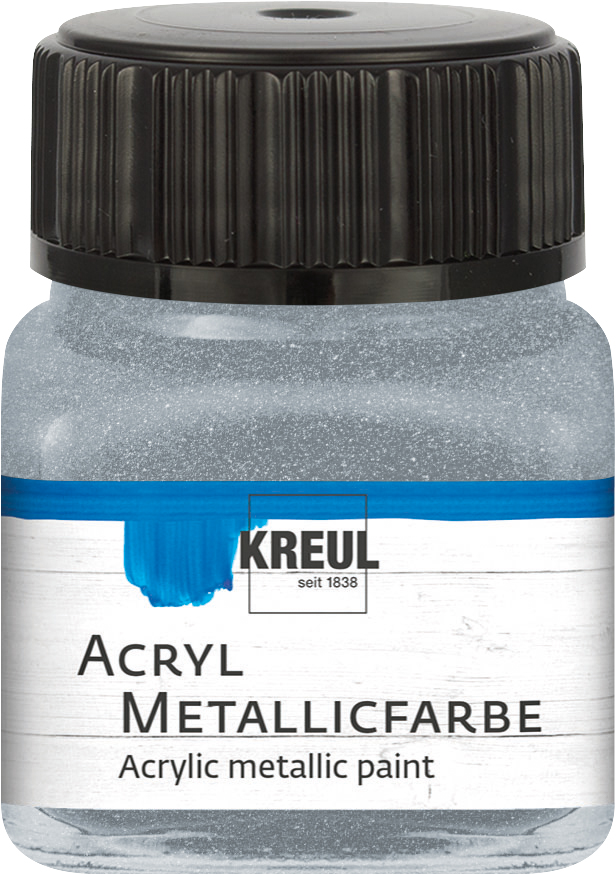-
All Categories
-
Clock Movements
-
DUGENA Quartz Movements
-
Radio controlled clock movements
-
Quartz movements
-
Watch movements
-
Plug-in clockwork
-
Spring Movements
-
Quartz pendulum movements
-
Clock movements with chains
-
Pairs of hands, movement
- Pairs of hands, form
-
Dials and numeral circlets
-
Suspension Springs
-
Kieninger movement-kits
-
Pendulum springs
-
Clock chains
-
Equipment and accessories
-
Rotary Pendulum Drive
-
Wooden ornaments
-
Chain hoist movement
-
Small parts
-
Clock chains
-
Watch equipment
-
Spare parts for Rolex
-
Cuckoo Movements
-
Mechanic movements for tableclocks
-
Metal ornaments
-
Music boxes
-
Quartz movement with swing
-
Clock pendulum
-
Cable pull movement
-
Second hands
-
Grandfather's clock movements
-
Synchronous movement
-
Pocket watch hands
-
Clock plate
-
Numeral set
-
Tension springs
-
DUGENA Quartz Movements
-
Watchmaker Tool & Workshop Need
-
Clocks and watches
-
Crafting and designing
-
Batteries
-
Jewelry parts
-
Nose piercing
-
Watch spare parts
-
Clock parts
-
Watch glasses
-
Watch movements by brands
-
Watch Straps and accessories
-
Wristwatches and pocket watches
-
Alarm clocks and large clocks
-
Tools/supplies
-
Weather instruments
-
Craft & creative
-
Expert knowledge & literature
-
Household, security, outdoor
-
Special items
-
Catalogues
-
NEUHEITEN
-
Clock Movements
Pairs of hands, form
Tips for choosing and installing hands
The length (minute/hour hand) is measured from the collet hole center to the tip of the hand.
The length of the hands should be chosen so that the tip of the minute hand just reaches the outer diameter of the time track. If a fitting pair cannot be found, choose longer hands and cut them to fit the dial.
When fitting clock hands, it is very important that the hour hand is pushed fully onto its shaft. This will ensure that hour and minute hands can move freely and will not come in conflict with each other. This is particularly important when fitting clock hands with counter-weights.
The hand shafts of our movements as well as the collets of our clock hands are manufactured to very exacting standards. Still, occasional fitting problems can occur. Never use force when fitting a clock hand. Tight collets can be opened up with a reamer or a fine-cut round file, wide collets can be squeezed with a pair of pliers.
For heavy clock hands - e.g. steel or brass hands with a length of more than approx. 110 mm - we recommend using SELVA clock movement WK, GK, or FT with extra-high torque. SELVA spring-, weight- or cable-driven movements can be fitted with all clock hands listed in the respective columns.
The color of clock hands can easily be changed using our clock hand varnish.
A gold-colored second hand is included in the price of most SELVA battery and synchronous movements. Special lengths and colors are shown at "Second Hands".
The square collets of some clock hands can be turned in order to synchronize time and strike/chimes release. Detailed instructions are included with the respective movements.































